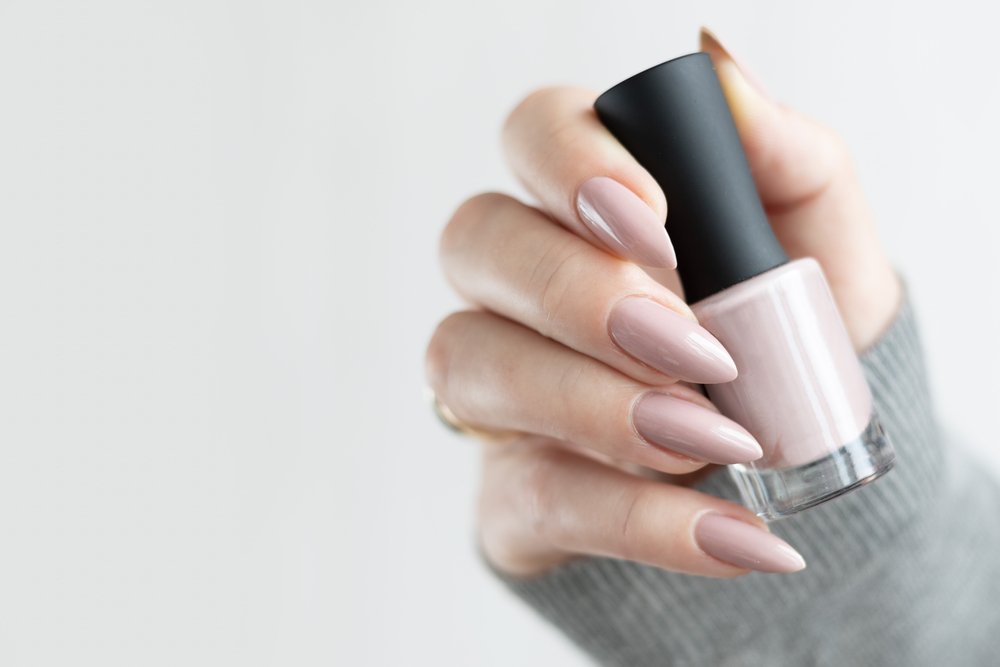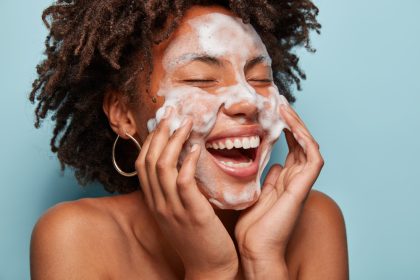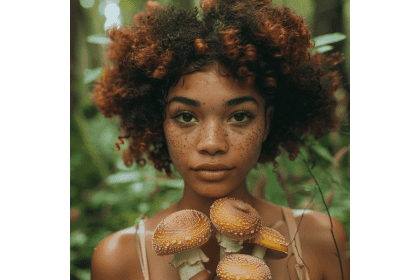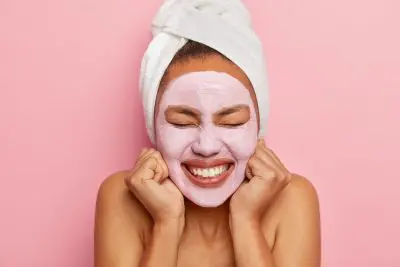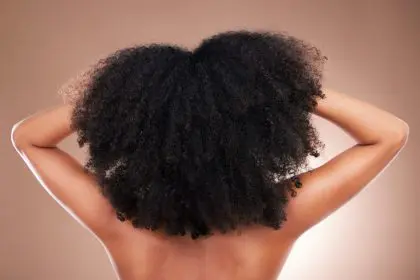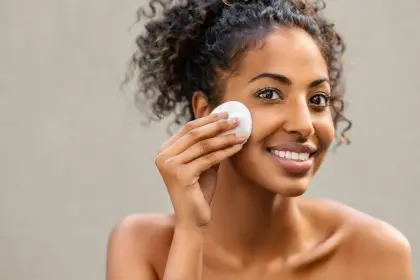In a beauty landscape often dominated by extravagance, minimalist nail designs have emerged as the sophisticated choice for those seeking refined self-expression. While elaborate 3D embellishments and complex patterns continue to make waves on social media, the understated approach to nail art offers a timeless appeal that transcends seasonal trends.
The enduring allure of simplicity
Minimalist aesthetics have established a permanent place in the manicure world. This design philosophy proves that creativity doesn’t require complexity, allowing subtle details to make powerful statements. The minimalist approach celebrates negative space, clean lines, and thoughtful accents that elevate rather than overwhelm.
“Less is more” isn’t just a catchphrase in minimalist nail art—it’s the guiding principle. By focusing on precision and intentionality, these designs achieve what elaborate patterns often cannot: versatility that seamlessly transitions from professional environments to special occasions.
Reimagined classics
The traditional French manicure serves as minimalism’s foundation in nail art. Modern interpretations have transformed this staple by experimenting with tip shapes, from crisp straight lines to undulating waves. The technique maintains the clean contrast between a sheer base and defined tip but introduces contemporary elements that refresh the familiar.
Negative space techniques have revolutionized the French tip concept. Artists now incorporate geometric shapes, asymmetrical placement, and varied widths to create distinctive looks while preserving the inherent elegance of the original design.
Subtle color statements
Minimalist nail art doesn’t mean abandoning color altogether. Instead, it employs strategic color placement that creates visual interest without overwhelming the nail canvas. Concentrated color accents near the cuticle, slender lines along nail edges, or delicate dots strategically placed create focal points that draw attention precisely where intended.
Color blocking in minimalist designs typically involves no more than two complementary shades carefully positioned to create geometric patterns. The technique relies on sharp lines and thoughtful spacing, often incorporating the natural nail color as an active design element rather than merely a base.
Texture and dimension
Minimalist approaches excel at playing with subtle textural contrasts. The interplay between matte and glossy finishes creates sophisticated dimension without requiring additional embellishments. A matte nail with a single glossy stripe or a primarily glossy manicure with strategic matte sections demonstrates how texture alone can create visual complexity.
Metallic accents have become a minimalist manicure staple. Rather than covering entire nails in chrome or metallic polish, the approach introduces reflective elements as thin lines, tiny geometric shapes, or delicate accents. This restraint allows the metallic components to appear more luxurious and intentional.
Nature-inspired minimalism
Botanical elements have found their way into minimalist nail art through abstracted forms and simplified representations. Rather than detailed floral patterns, artists opt for essential shapes—a single petal, a curved leaf outline, or the suggestion of a stem—that evoke natural imagery without replicating it exactly.
Pressed flower manicures represent the perfect marriage between natural elements and minimal design. By incorporating actual dried flowers beneath a clear topcoat, these designs showcase nature’s intricate details while maintaining an uncluttered aesthetic.
Personalized minimalism
The heart of minimalist nail art lies in its ability to be customized while maintaining simplicity. Tiny symbols—whether hearts, stars, or personalized shapes—can be strategically placed to create meaningful designs that remain visually cohesive.
Negative space techniques play a crucial role in personalization. By leaving portions of the natural nail exposed, artists create designs that integrate with the wearer’s natural nail shape and color, ensuring a look that’s both unique and harmonious.
Practical considerations
The minimalist approach offers practical advantages beyond aesthetics. These designs typically require less maintenance than their elaborate counterparts, with grow-out often appearing less noticeable thanks to strategic placement of design elements.
Longevity represents another benefit of minimalist nail art. The simpler application process often results in more durable manicures, while chips and wear tend to be less noticeable in designs that intentionally incorporate negative space and subtle elements.
Mastering minimalist techniques
Creating effective minimalist nail art requires precision. Thin, clean lines demand steady hands and appropriate tools—fine-tipped brushes, dotting tools, and high-quality striping tape help achieve the sharp definition essential to these designs.
Color selection proves equally important. While the palette may be limited, the specific shades must complement each other perfectly. Minimalist designs often employ neutrals, pastels, or carefully selected bold colors that create striking contrasts without appearing visually chaotic.
The future of minimalist nail art
As the nail art world continues to evolve, minimalist approaches remain relevant by incorporating new techniques and materials while maintaining their essential simplicity. Innovations in nail polish formulations, application methods, and embellishment options continue to expand the possibilities within the minimalist framework.
What makes minimalist nail art particularly enduring is its adaptability. The core principles—restraint, intentionality, and visual harmony—provide a foundation that accommodates evolving trends without sacrificing the fundamental appeal of understated elegance.
For those seeking sophisticated self-expression through nail art, the minimalist approach offers endless possibilities that celebrate creativity without complexity, proving that sometimes the most powerful statements are the most subtle.

